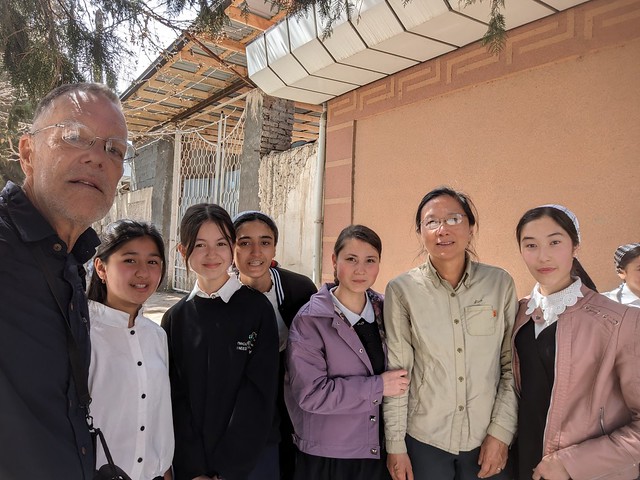






Dushanbe is another one of those places that rose significantly during Soviet time. While the most significant Soviet buildings remain, the rest of the city is getting a major makeover. It seems half of the world's construction cranes are working in Dushanbe (1st below). Many of the construction companies look to be Chinese. BTW, Dushanbe also has a fleet of new electric taxis and buses (2nd below). According to World Bank statistics, Tajikistan would be the poorest country we have ever visited. I only wish all the poor countries were this functional.


Soviet State Circus (сирк)

Soviet-built Apartments


Soviet Mosaics, Murals, and Monuments.






An even bigger surprise awaiting us in Dushanbe were tulips. There were tulips everywhere, millions. We have been to Holland during tulip season and Floriade (an international flower festival, every 10 years). Dushabe had more. Besides, in Holland the flowering tulips were mostly behind paywalls. In Dushanbe, tulips were planted where other cities would have pansies. We couldn't comprehend such extravagance until John looked it up - tulips are native to the Pamir and Tianshan mountains in Central Asia. It was the Ottomans that cultivated and introduced them to Europe.









Dushanbe Railway Station (Душанбе вокзал)

Night Lights.

Opera House Fountain

Rohat Tea House

Hotel Avesto

Green Bazaar



























